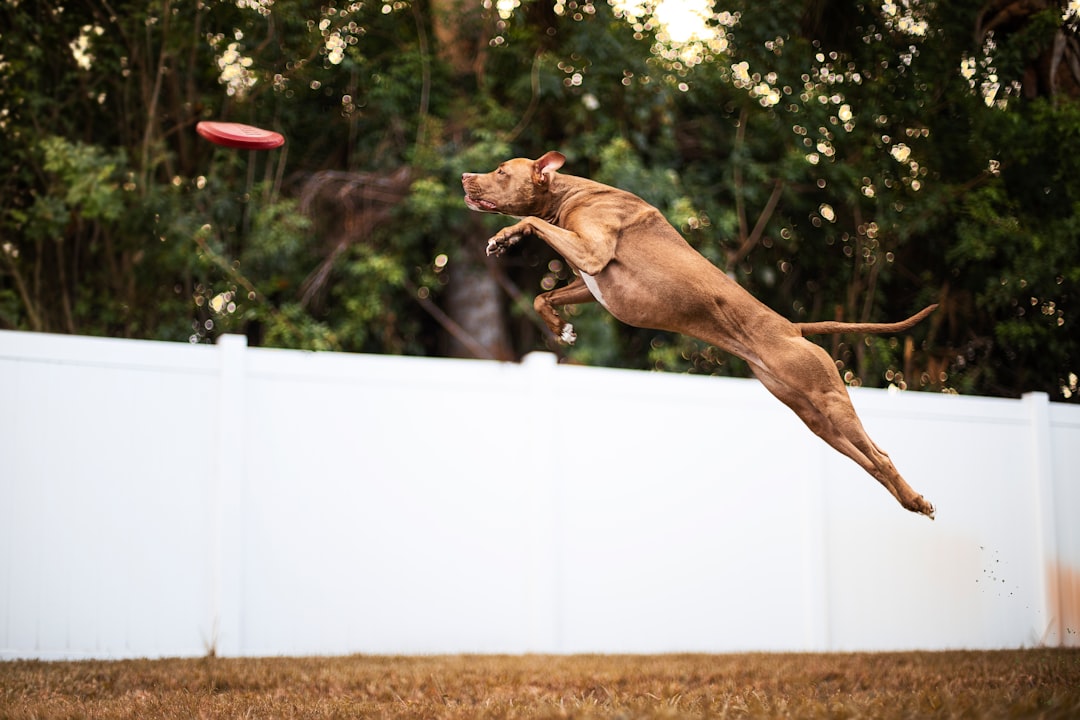- You are here:
- Home »
- Blog »
- Boston Dog Trainer »
- Effective Strategies for Addressing Dog Jumping Behavior
Effective Strategies for Addressing Dog Jumping Behavior
Effective Strategies for Addressing Dog Jumping Behavior
Addressing Dog Jumping in Different Situations: Guests, Strangers, and Family Members – Learn effective techniques and strategies to manage and prevent dog jumping behavior in various social situations, and understand the potential dangers of allowing this behavior.
Dog Jumping Behavior: Understanding the Causes
When it comes to understanding the reasons behind a dog’s jumping behavior in dogs, it’s important to recognize that dogs often jump for various reasons, such as seeking attention, expressing excitement, or simply out of habit. For instance, when a dog is excited to see their owner or guests, they might jump as a way of showing their enthusiasm. Additionally, when a dog feels neglected or wants attention, they might resort to jumping as a means of seeking affection and recognition.
Unfortunately, humans can inadvertently encourage this behavior, leading to long-term issues. For example, when a dog jumps and the owner responds by giving attention, the dog may interpret this as a reward and continue the behavior. This inadvertently teaches the dog that jumping leads to positive outcomes, reinforcing the behavior over time. Therefore, it’s crucial for owners to understand the impact of their responses and behaviors on the dog’s actions, as these interactions can significantly influence the dog’s jumping tendencies in the long run.
In some cases, the behavior may have resulted in the dog training the human, reinforcing the jumping behavior. For instance, if a dog has been consistently allowed to jump on family members or guests without any form of correction or training, they may perceive this as acceptable conduct. As a result, the dog might end up training the humans to tolerate and even encourage the jumping behavior, making it more challenging to address as the behavior becomes ingrained over time.
Managing and Preventing Jumping
To prevent jumping, it’s essential to utilize management techniques such as using a crate, confining the dog, or restraining them on a leash. These techniques can be particularly effective in preventing the dog from engaging in jumping behavior when guests visit. For example, if you anticipate guests arriving, you can prepare by having the dog in a confined space or on a leash to prevent any jumping behavior. This not only keeps the guests safe but also helps in reinforcing the idea that jumping is not an acceptable behavior.
Controlling a dog’s impulse to jump is important in effectively curbing the behavior, especially toward strangers during walks or when encountering passersby. By using proper equipment like a no-pull harness, you can prevent jumping during walks and provide better control over the dog’s behavior. For instance, if your dog tends to jump on passersby during walks, using a no-pull harness can help you maintain better control and prevent the reinforcement of the jumping behavior. This not only ensures the safety of others but also aids in the consistent training of the dog to refrain from jumping.
Training Techniques to Stop Jumping
Consistency in training is indeed crucial to effectively address jumping behavior. It’s important to establish a clear and consistent set of rules and expectations for your dog to follow, regardless of the situation or the people involved. For example, if you’re trying to prevent your dog from jumping on guests, it’s essential to ensure that every family member and visitor understands the training protocols and consistently reinforces them. This level of consistency will help your dog understand that jumping is never an acceptable behavior, regardless of who is present.
In addition to positive reinforcement through treats and praise during training sessions, it’s also important to provide the dog with alternative behaviors to replace jumping. For instance, when guests arrive, you can train your dog to go to a designated spot, such as a mat or bed, and remain there until released. By redirecting your dog’s attention and providing an alternative behavior, you are effectively addressing the root causes of the jumping behavior while promoting a more acceptable greeting behavior.
Teaching commands like “sit” and “four feet on the floor” can be effective in preventing jumping, but it’s equally important to practice these commands in various scenarios and with different individuals to ensure that the training is generalized. For example, you can practice these commands not only with family members but also with friends, neighbors, and other visitors. This comprehensive approach will help your dog understand that the training applies universally, regardless of who they are interacting with. This way, your dog will learn to control their impulse to jump in any social situation, leading to more consistent and desirable behavior [3, 4].
Addressing Jumping in Different Social Situations
When it comes to addressing dog jumping in different social situations, it’s essential to tailor the training strategies based on the specific context. For instance, preventing jumping on guests could involve teaching the dog to sit and stay when visitors arrive, and rewarding them for calm behavior. This approach not only helps the dog understand the appropriate behavior around guests, but also ensures a positive and welcoming experience for the visitors.
Similarly, when addressing jumping behavior towards strangers during walks, using a no-pull harness and maintaining a distance from passersby at first can be effective. Gradually decreasing the distance over time while rewarding the dog for remaining calm and keeping all paws on the ground reinforces the training and helps the dog learn to control their impulse to jump.
Furthermore, training techniques to stop jumping on family members may involve reinforcing the “four feet on the floor” command with positive rewards, especially when the dog interacts with family members [3, 4]. Consistency in implementing these training techniques across different social scenarios is crucial to effectively curb the jumping behavior and ensure that the dog understands the expected conduct in various situations.
Socialization and training with children can significantly contribute to addressing a dog’s jumping behavior. By involving children in the training process, and teaching them how to interact with the dog, it creates an environment where the dog learns to behave appropriately around younger family members. This not only promotes a harmonious relationship between the dog and the family but also reinforces the training to prevent jumping behavior, ultimately enhancing the overall effectiveness of the training program.
Potential Dangers of Allowing Dog Jumping
Allowing a dog to jump can be dangerous and may lead to injuries. Not only can this behavior result in physical harm to both the dog and the person being jumped on, but it can also lead to long-term issues. When a dog is consistently allowed to jump, it reinforces the behavior, making it more challenging to address in the future. This can lead to a situation where the dog becomes increasingly difficult to manage and control.
It’s crucial to evaluate one’s behavior and change what encourages the dog’s actions to prevent the potential dangers associated with allowing dog jumping. For instance, if a dog is allowed to jump in excitement every time the owner returns home, the behavior is inadvertently encouraged. Instead, by using management techniques such as using a crate or confining the dog to a specific area when guests arrive, the jumping behavior can be prevented. Moreover, consistent training involving positive reinforcement, such as treats and praise, can help the dog understand that jumping is not an acceptable behavior. By consistently implementing these strategies, the potential dangers of allowing dog jumping can be mitigated, leading to a safer and more controlled environment for both the dog and the people around them.



